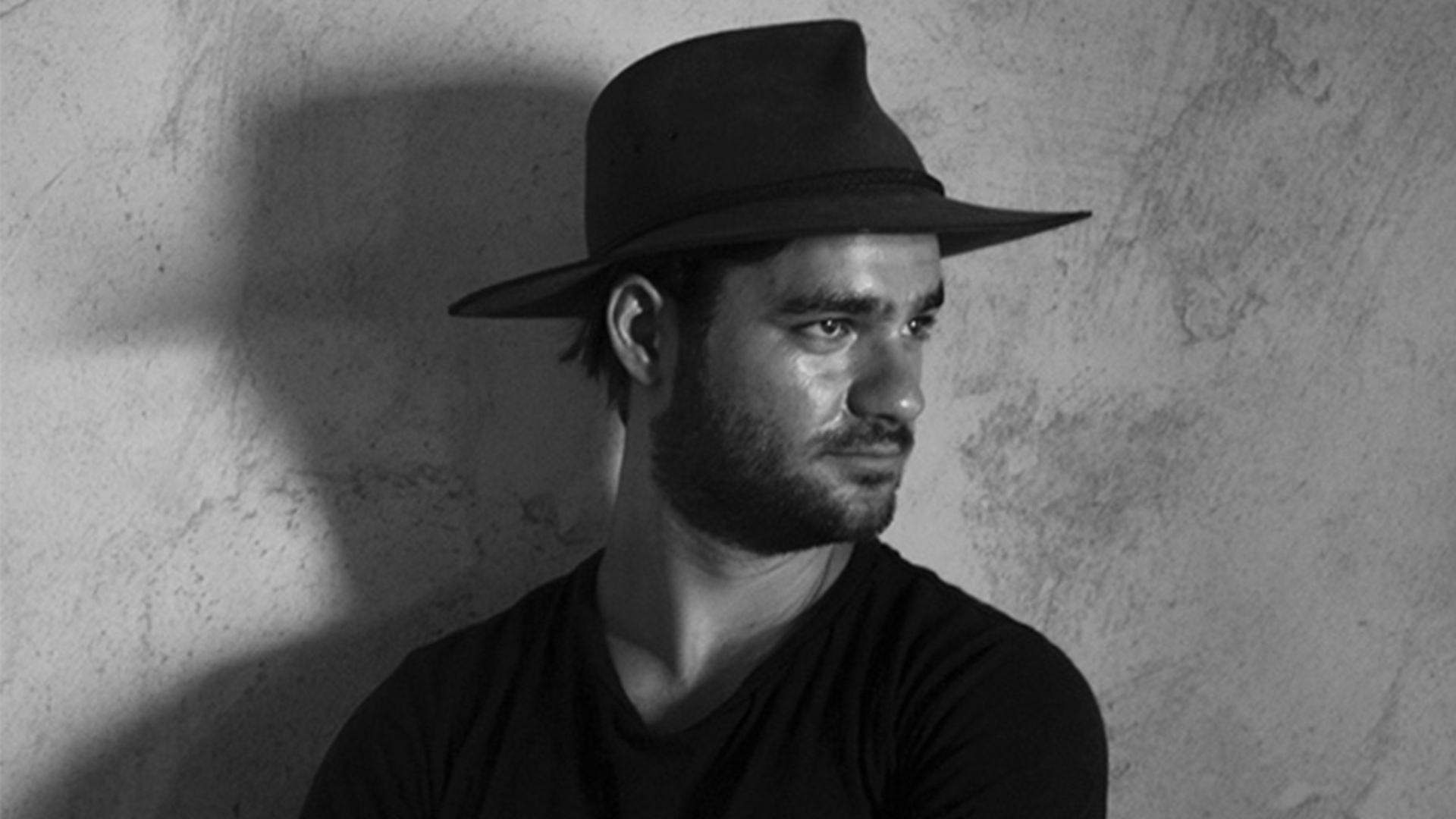Some come to win, others just want to get there and back.
That’s the tagline for filmmaker Dylan River’s new documentary about the Finke Desert Race, the biggest off-road race in the southern hemisphere. Considered one of the most difficult off-road courses in the world, the race is a 229 kilometre (each way) multi-terrain affair for bikes, cars, buggies and quads from Alice Springs to the small Aputula (Finke) community. The annual competition, which lasts about two days, is held on the Queen’s birthday long weekend in June.
With up to 600 people competing for the title, the Finke Desert Race has grown from humble beginnings in 1976. Among the competitors are local heroes from the Alice, David Walsh and Daymon Stokie, who are battling for the win. Others like Isaac Elliot are out to prove that a disability won’t keep them away from fulfilling their dreams. Together, they will perform what one participant calls a ballet on bikes, taking on the corrugated “whoops” of a country that can break men and machines.

Adelaide Film Festival: The Finke Desert Race is an interesting topic of focus for a documentary. How did the project come about?
Dylan River: It started with me having a love for motorbikes and a love for Finke in particular. I grew up in Alice Springs and always knew of the race, and my dad [filmmaker Warwick Thornton] actually raced it for a number of years. I think I was inspired to race as soon as I could, so when I was sixteen, I was old enough to race my first Finke and I’ve done seven since.
I had a couple of years where I had some big crashes and got flown back in helicopters, and another year I broke my motor and was standing on the side of the track, and throughout, I sort of questioned why I do this. What it is that makes me come back every year and race it? And I think the film gestated from that idea of, why do we put ourselves at risk and spend all this money and race this race? What’s it all for?
Were there other documentaries on the topic that you looked to for inspiration?
There’s a definitely a lack of in-depth documentaries on off-road racing. I’d see things that were cool – on YouTube and all over the internet, there’s great access to videos and content – but not really stories. So I think it was the lack of that, as well as me being a filmmaker and knowing I could do something in a lot more depth that people might appreciate. There definitely were references, like the Isle of Man TT and other races in America, but it was sort of a different beast.

In terms of logistics, I imagine it would be difficult shooting something like Finke: There & Back. Was that the case?
It was, logistically, very challenging. Essentially, we were trying to make a feature film over two-and-a-half days. We had a lot of support from all our friends who we called in as camera operators or on-ground producers and directors, and sent them out into the desert to see what they came back with. So all up, we had three helicopters and fifteen cameras filming the event. I think we had twenty GoPros, of which one came back… we lost the rest of them (laughs). It was just: put people in the right place at the right time and hope that the story started to connect… all up, it was quite a quick turnaround to shoot. But then we were left with 300 hours of footage, and the edit took quite a while.
You’ve worn many different hats in the film industry. Do you plan to continue mixing it up?
Yeah, I’d like to keep mixing it up. But I definitely earn a lot more money from working on other peoples’ films than I do from directing. It seems to be, every time I’m directing, I’d become poor and have to get loans off my parents (laughs). But I like the idea of mixing things up, and even in directing, being able to do different genres and different styles, whether it’s documentary or fiction. That’s what keeps it interesting. Once I do one thing for too long, I become bored.
What are you working on now?
I’m back in Alice Springs for a little while with my cousin developing an online series for SBS. We’re about to go into production straight after Adelaide Film Festival. It’s exciting and something different – I haven’t done anything in a series form or for online really.
We’re also screening She Who Must Be Loved [a documentary about River’s grandmother, Freda Glynn] at this year’s festival. Although you weren’t directly involved, do you know much about the project?
No, no one’s seen it yet! We were around when they [River’s aunt Erica Glynn, and cousin Tanith Glynn-Maloney] were shooting bits and pieces, but I think they’re probably worried that if we all watch it we’ll start pointing fingers and saying what they should do (laughs). I’m definitely excited to see it. And I might even wait until Adelaide Film Festival to watch it.
At the end of the day, she’s done amazing things in her life but it’s just her being an amazing woman, and a great grandmother – loving and caring – which is what I take from her. She’s always been there and supportive of us.
Finke: There & Back
- Sunday 14 October, 6:30pm, GU Film House Adelaide
- Saturday 20 October, 4pm, GU Film House Adelaide